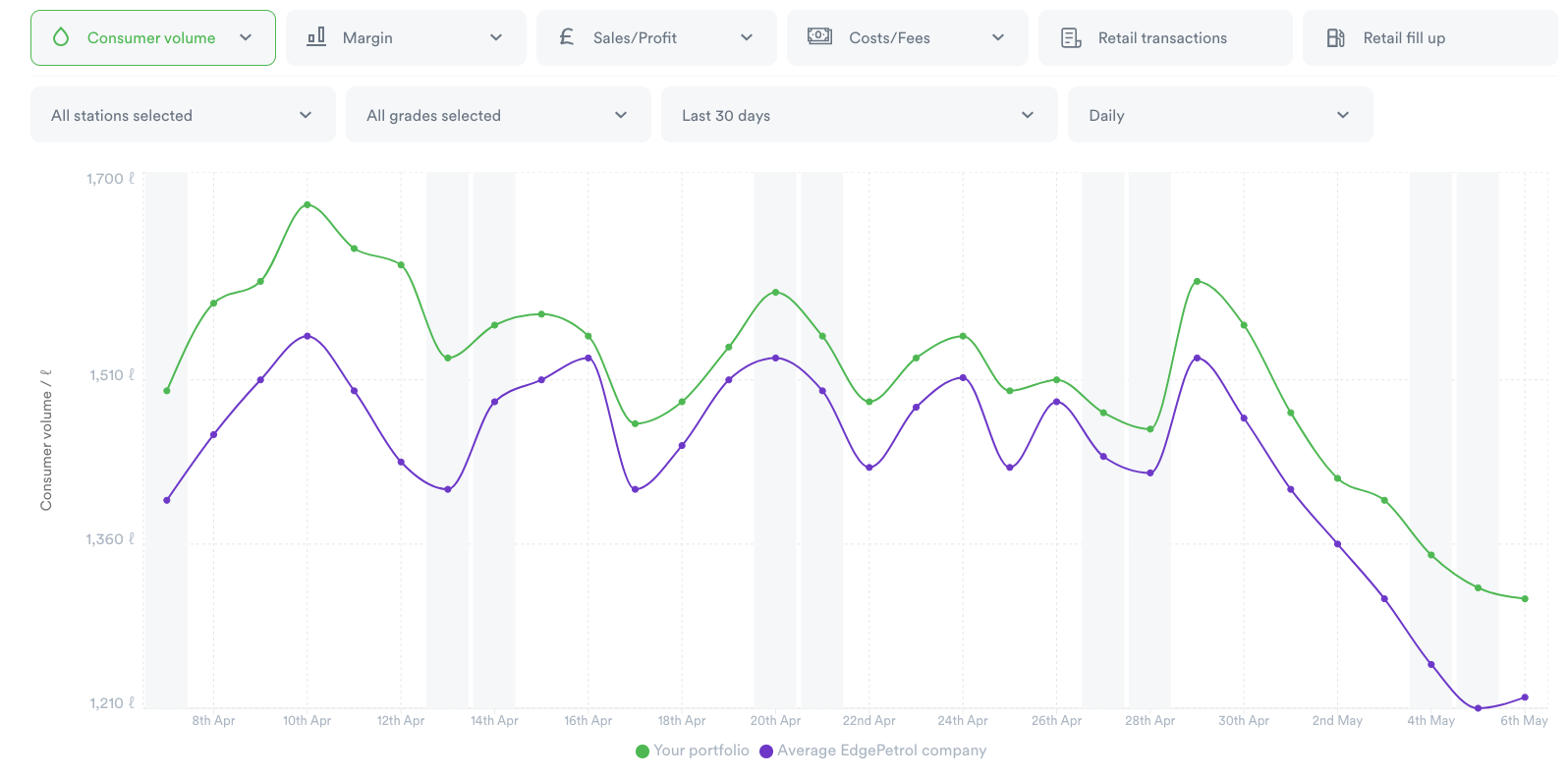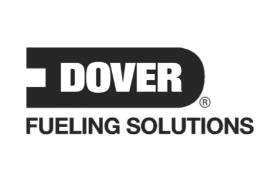Ok, so in reality spreadsheets are software! Arguably the most successful software of all time!
They are still used by the majority of companies worldwide (including us at Edge) and are a great way to customise your data to provide the insight you need to run your business.
And having worked in a few industries and companies in my career, I say with confidence that fuel retailers are amongst the best at building them. Good enough that they’d give some accountants I know a run for their money.
But- as with all software- spreadsheets have their limitations (even ours), particularly when it comes to insight around stations and using that insight to price your sites. Maybe you’ve decided it is time for an upgrade. Question is, how do you make that move and make sure that you send your spreadsheets to the recycling bin?

Step one: find a software that works for you.
In other words, work out your problems and challenges that drive you to find the solution that solves them. Our VP Sales- Dan Richardson- put this really nicely to me. “One thing we found with our current customers is that until they spoke to our Account Executives, they didn’t know they had a problem,” says Dan. “Margins have been stronger in recent years and they’ve got a really clever system on spreadsheets that have been working for them. It’s only once they have talked to a pricing software provider do they realise they might be leaving money on the table.”
In other words, use the expertise of people who sell software products to help you identify whether something is a good fit. Sure, they have their own agenda, but I can speak from experience when I say the best salespeople work with the customer to identify potential improvements.
Involving any other key stakeholders as early in the buying process as possible will allow you to take the opinions you need quickly and give you a higher probability of making the right decision. And as this is a big decision it’s important to cover these bases.
Step two: decide whether to buy or build.
Typically, you should build if…
- The solution to your problem doesn’t exist.
- Cost and time to market are of minimal importance.
- Solution capabilities and control of future development are of utmost importance.
- You have the in-house expertise to either build in-house or guide an external company to build the solution for you.
- You have the funds (usually 6 figures initially, plus ongoing costs) to pay a team to build and keep up with the maintenance.
Typically, you should buy if…
- Products that solve your problem already exist, making it cheaper, faster and more efficient to buy.
- Your resources and capital are better used by being placed into other opportunities.
- You lack the expertise in-house to solve your problems.
- You are not afraid of being overtaken by competitors.
To learn more about building or buying, be sure to check out our article on that here!
Step three: agree on what good looks like.
Picture yourself 24 or 36 months from now. It’s renewal time. How do you know whether to continue with your investment or revert back to spreadsheets? If you are going to revert back to spreadsheets, this is probably not an investment you should be making.
Therefore, it’s important to decide (as much as possible, anyway) what you are looking to get from upgrading. You need to lean on the salesperson to understand this pre-purchase and then discuss that with your Customer Success representative during the onboarding process (good Customer Success reps will ask you anyway).
Step four: accept that results aren’t always instant.
No matter how small, there is going to be some pain when making any internal change and dumping your spreadsheets for some slick-looking software is no different. Whenever you try something new (software or other), there is always going to be something to learn.
The key here is to make sure you allocate the time to do so. Use the resources your software provider makes available to you (user guides, videos, onboarding sessions and customer success value calls for example).
Involving your team (if you have one) can also reduce the time-to-value of any purchases you make. This has double value as it also empowers and enables them as part of your business processes.
Step five: get closure.
Hardest of all, let go of that spreadsheet. We know, it’s your baby and you may have built it all by yourself. Do the right thing and don’t let it suffer, unclicked and unused whilst you are seeing somebody else.
Good luck with whatever upgrade you might make!























